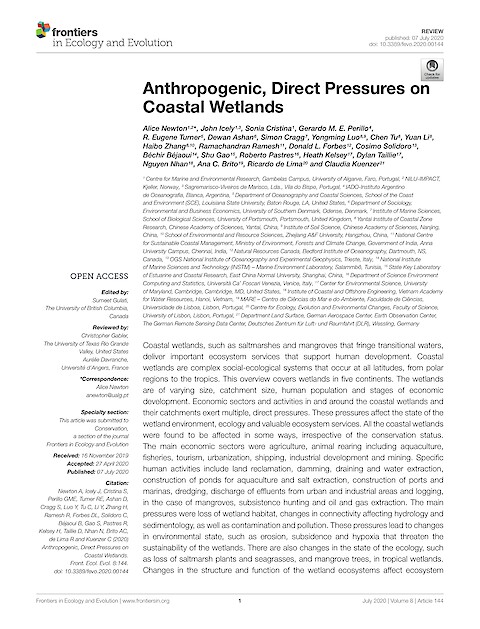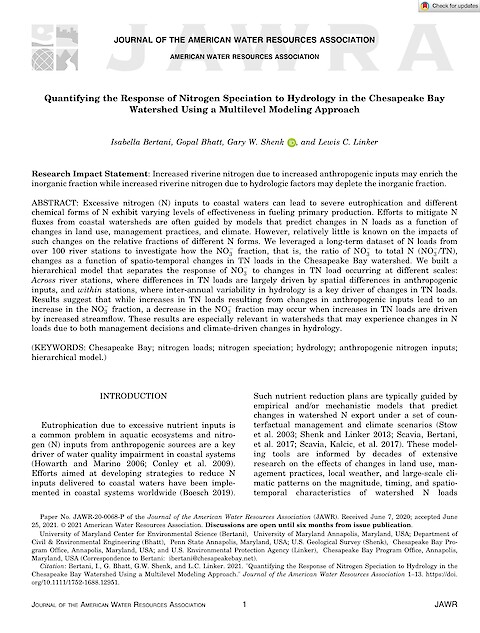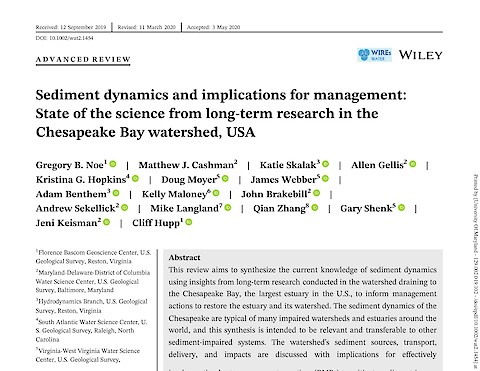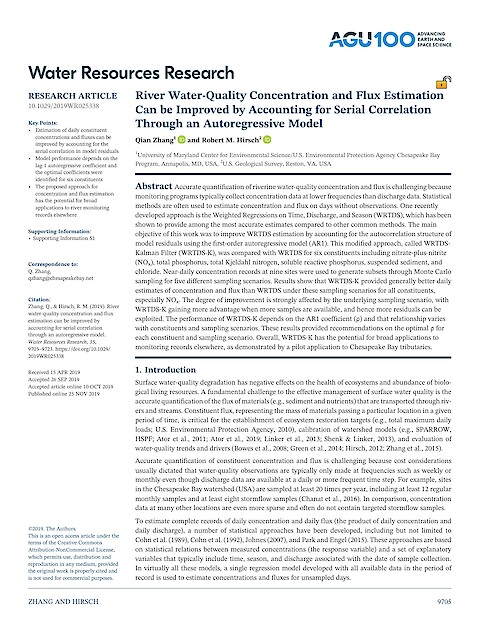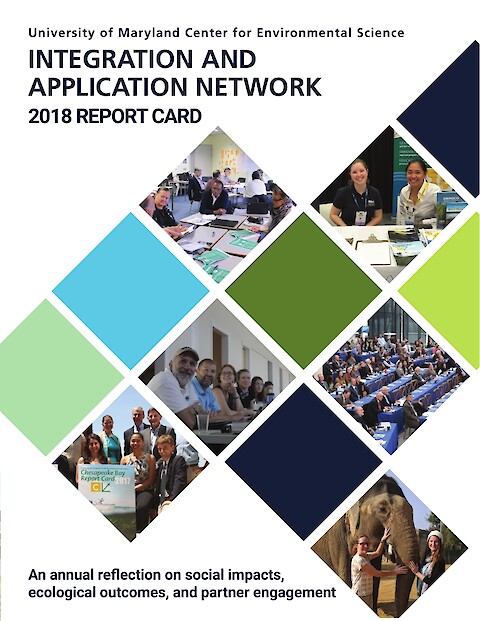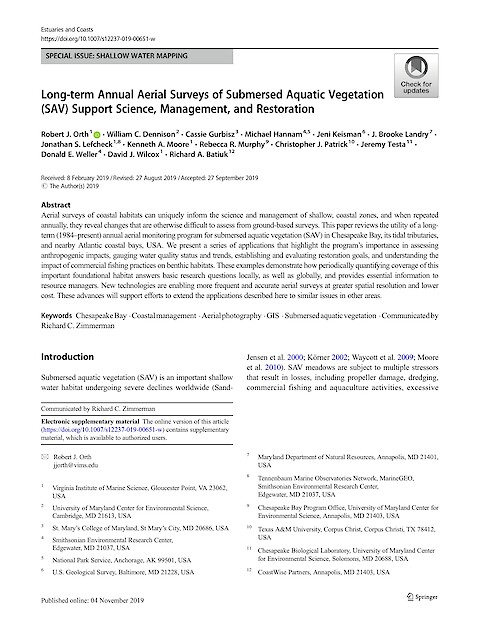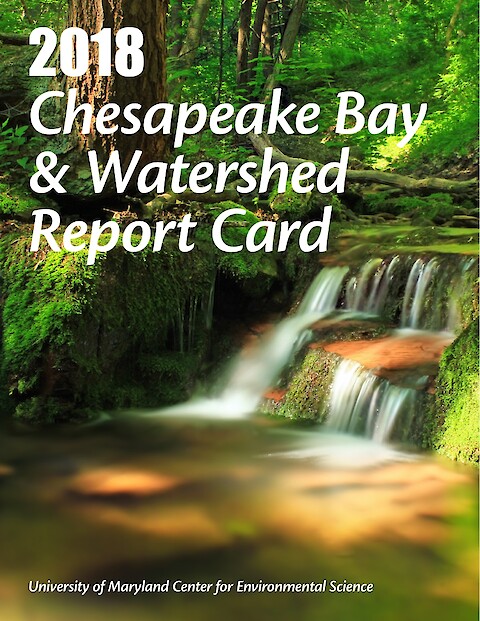Anthropogenic, Direct Pressures on Coastal Wetlands
Newton A, Icely J, Cristina S, Perillo GME, Turner RE, Ashan D, Cragg S, Luo Y, Tu C, Li Y, Zhang H, Ramesh R, Forbes DL, Solidoro C, Béjaoui B, Gao S, Pastres R, Kelsey RH, Taillie D, Nguyen Nhan N, Brito AC, Lima RD, Kuenzer C ·
2020
Coastal wetlands, such as saltmarshes and mangroves that fringe transitional waters, deliver important ecosystem services that support human development. Coastal … wetlands are complex social-ecological systems that occur at all latitudes, from polar … regions to the tropics. This overview covers wetlands in five continents. The wetlands … are of varying size, catchment size, human population and stages of economic … development.
Read more



